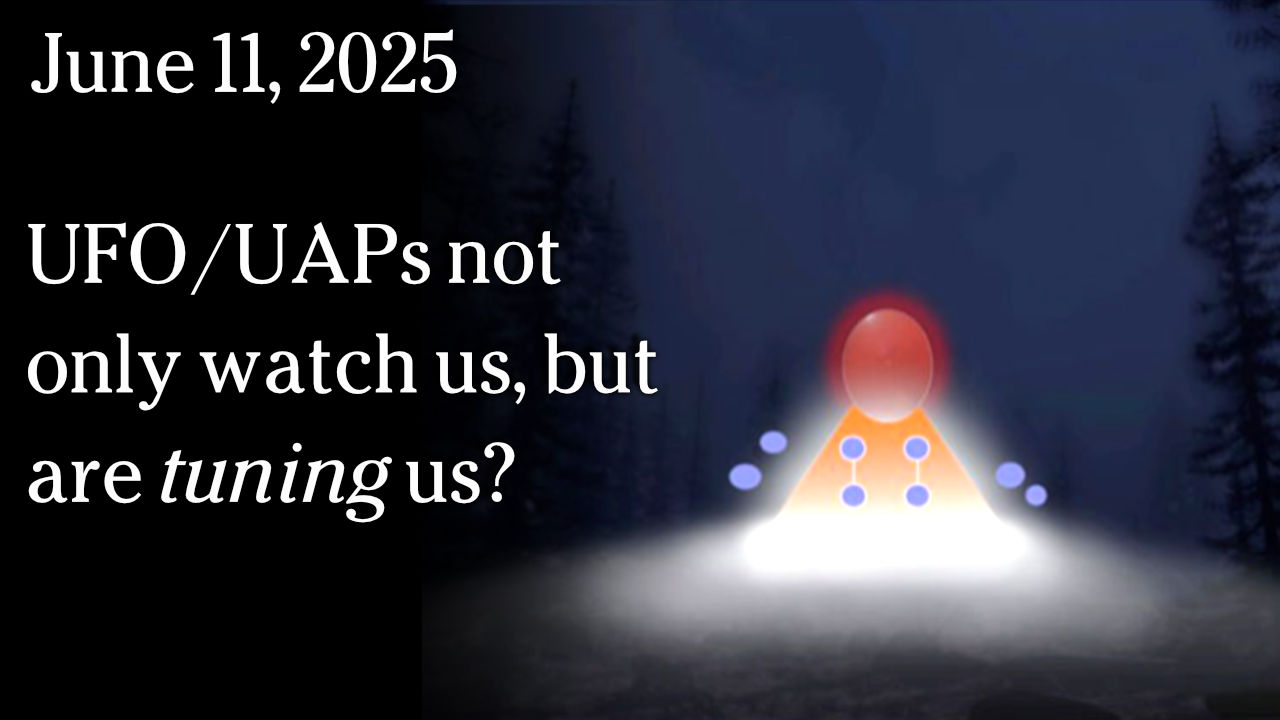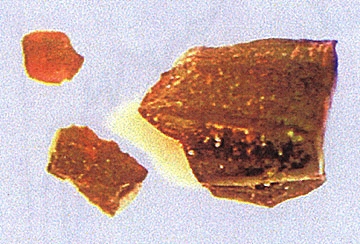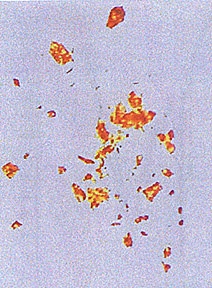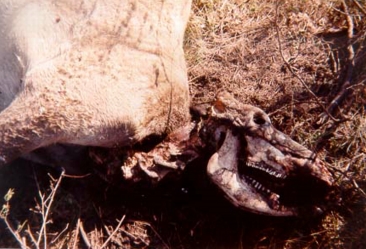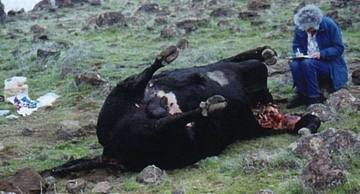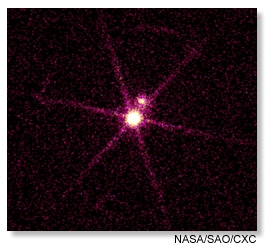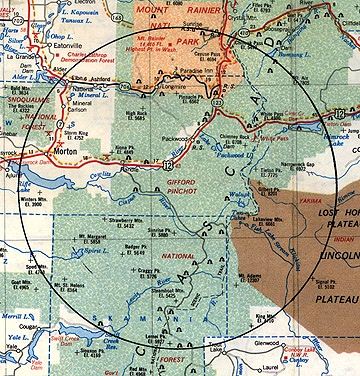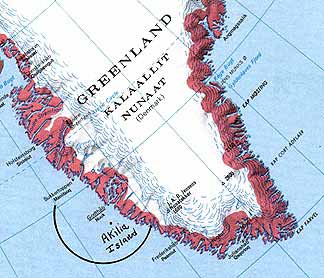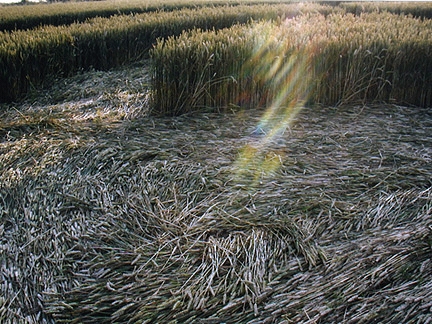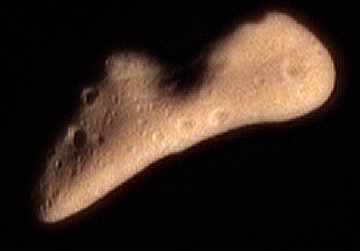“It's totally incomprehensible how the hemoglobin
could be removed in the middle of the night out in the middle
of a pasture and be separated from all the other cellular components.”
- W. C. Levengood, Biophysicist
Return to Part 1.
October 16, 2000 Grass Lake, Michigan: W. C. Levengood, Biophysicist and Owner, Pinelandia Biophysical Laboratory, called me in early January 1997, to talk about his examination of black particles that rancher Jean Barton found on one of the several mutilated cattle she and her husband, Bill, have discovered on various pastures of their Red Bluff, California ranch. He read to me from his lab work book about the hard, dark particles found on the chest and testicles of a mutilated bull at the Barton ranch.
Click here to subscribe and get instant access to read this report.
Click here to check your existing subscription status.
Existing members, login below:



